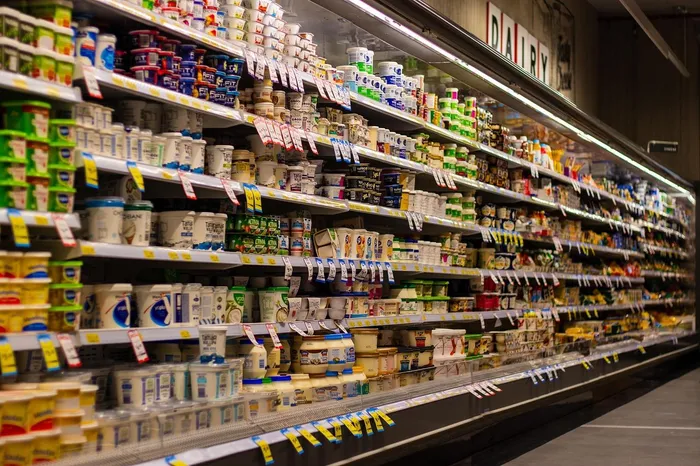
June’s inflation data revealed a rise to 3.0%, up from 2.8% in April and May, signalling a shift that could hit both consumers and portfolios. While fuel prices are easing, grocery bills are climbing fast, with food inflation at a 15-month high of 5.1%.
Image: Squirrel photos/Pixabay
After maintaining stability at 2.8% in April and May, South African inflation experienced a notable rise in June, aligning with projections from economists and signalling new considerations for the SA Reserve Bank ahead of its upcoming interest rate review.
The annual consumer price inflation recorded a 3.0% increase, while the Consumer Price Index (CPI) rose by 0.3% month-on-month, reflecting the complex dynamics within the nation's economy.
Despite remaining close to the lower threshold of the South African Reserve Bank’s (SARB) inflation target range of 3% to 6%, the increased rate raises concerns. The heightened inflation is now driven primarily by the food and non-alcoholic beverages sector, which saw its annual rate soar to a 15-month high of 5.1% in June.
Within this category, meat, particularly beef, emerged as a significant contributor to the food inflation spike, alongside other unprocessed food items. This upward trend is compounded by fruits and nuts, and vegetables maintaining double-digit inflation rates for the second consecutive month.
Interestingly, while food costs escalated, fuel prices have continued their decline, marking a fourth month of reduced prices. The cost of fuel is currently on average 11.2% lower than it was a year ago, providing some respite amid rising food costs.
Delving deeper, the annual inflation rate for goods surged to 2.3%, an increase from 1.8% in May, whereas the service sector received a slight boost as its inflation rose to 3.7% from 3.6% the previous month.
South African Reserve Bank chief Lesetja Kganyago has expressed concerns regarding external factors, most notably the depreciation of the US dollar due to potential tariffs and deflationary pressures emanating from China.
These challenges pose significant risks to the local inflation landscape and broader economic activity. Kganyago highlighted that if tariffs are imposed, sectors such as agriculture and automotive could suffer, further stressing South Africa's economic framework.
The prevailing uncertainty in the economic landscape has resulted in mixed expectations among economists concerning the decisions of South Africa's Monetary Policy Committee (MPC) during its upcoming rate-setting meeting.
Earlier this year, the bank has already implemented two cuts to the repo rate, the latest occurring in May. While some analysts advocate for the continuation of this easing cycle, arguing that inflation has remained consistently low, others believe the committee may choose to maintain the current rates in light of potential volatility.
